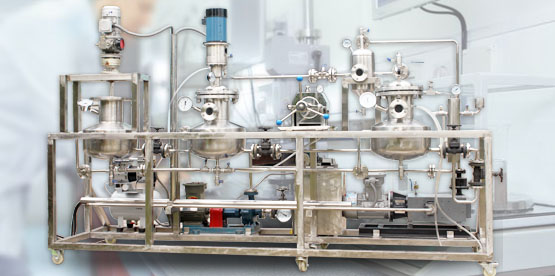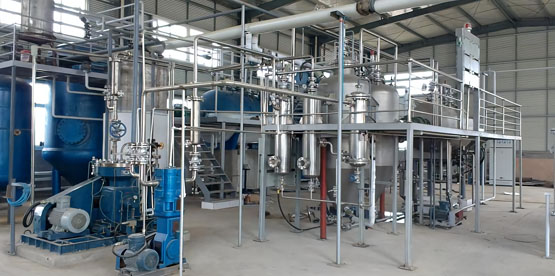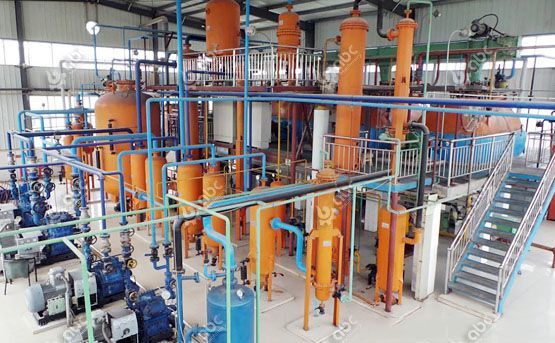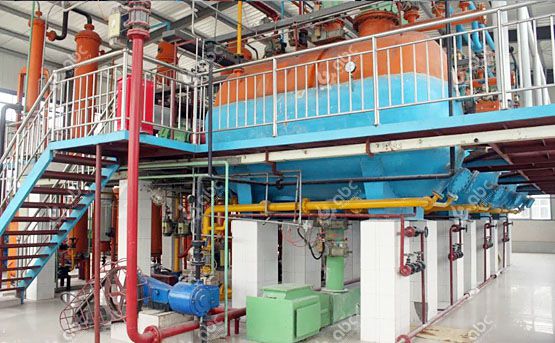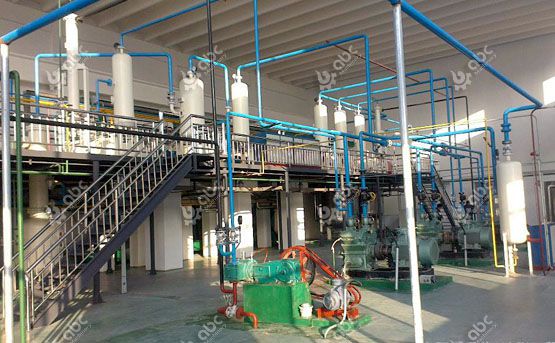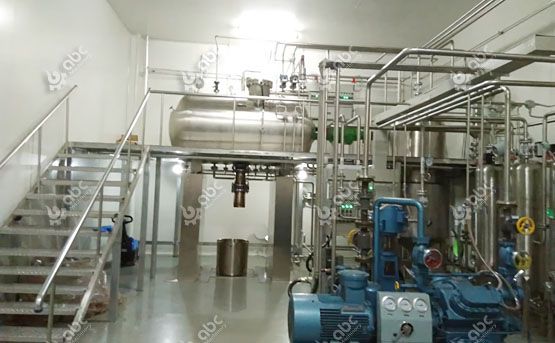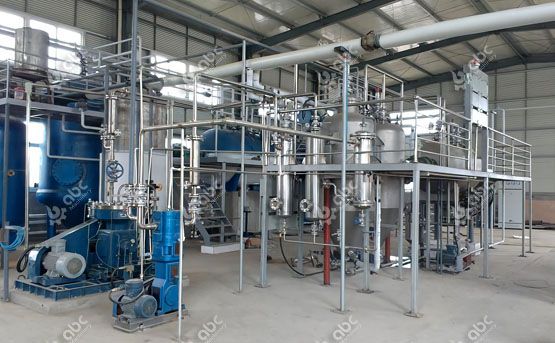Bioactive component refers to the substance that has an effect on a living organism, tissue or cell. For example, some foods contain a variety of bioactive compounds, which can cause various biological effects when combined with the body, known as bioactive substances. They are of various kinds, including sugars, lipids, protein, polypeptide, sterols, alkaloids, glycoside, essential oils and so on.
Some bioactive components can be extracted directly from the natural products, while others need to be further processed to get the natural component. Nowadays, there are 11 types of bioactive components are identified as listed below:
- Active Polysaccharides include dietary fiber, mushroom polysaccharide and other functional components.
- Sweeteners include functional Monosaccharides, functional oligosaccharides and polyols.
- Functional oils include polyunsaturated fatty acids, phospholipids and other compound lipids.
- Amino acids, peptides and proteins include taurine, glutathione, metallothionein and immunoglobulin.
- Vitamins include a variety of water-soluble and fat-soluble vitamins.
- Mineral elements include a variety of major element and trace elements
- Microecological modifier mainly refer to lactobacillus, especially bifidobacterium.
- Free radical scavenger includes enzymes (superoxide dismutase, glutathione peroxidase) and nonenzymatic (vitamin E, vitamin C, beta-carotene).
- Alcohol, ketone, aldehydes and acids.
- Low energy or non-energy substances include lipid substitutes and powerful sweeteners.
- Other bioactive components such as melatonin, saponin, chlorophyll, etc.

